No problem at all @Arcadian, glad to. It's really info that should be public, just that to my knowledge there's no repository of up to date knowledge for consumers to help make informed decisions (although Pricescope seems to be doing that pretty well in general). As gem dealers we make informed decisions every day; there's no reason why consumers shouldn't be able to do the same. And the industry holds people to account and expects responsibility and clean business on the inside - it should on the outside too.
Hah, yes - I held the same belief, that pads should be pastel, for years. I want to smash my head into a wall when I remember all the vivid gorgeous stones I could have bought a few years ago when prices weren't insane but I smartly declined because "not padparadscha".
Things seem to have changed on the sourcing end; nowadays they'll ask for crazy amounts if something is a proper pad with strong saturation.
No other pads, to my knowledge, naturally show tenebrescence, but 'pads' can be artificially created out of paler stones by X-raying. It's not something that labs routinely look for, but it's fortunately very easy to see - you simply put the stone onto a reflective plate and keep it in the sun for a few hours (making sure inquisitive birds stay well away). It also works with strong artificial lights. If it's been X-rayed, it will usually lose color very fast. The exact same thing goes for X-rayed yellows. I bought one like that some months ago, was in the process of taking photos when I realized it was turning pale. Promptly gave it back the next morning for a refund.
Other than pads; only some (definitely not all) Sri Lankan yellow sapphires can and do show a degree of tenebrescence naturally. In my experience, it only occurs in unheated stones and only from certain areas - heating seems to stabilize the color and I've yet to see one where the color changed after being heated (normal heating, not Be, of course). The solution, again, is simple - not paying until you've had the stone and really lit it up for a while. If the color stays the same, you're all good; if not, time for returns.
Hah, yes - I held the same belief, that pads should be pastel, for years. I want to smash my head into a wall when I remember all the vivid gorgeous stones I could have bought a few years ago when prices weren't insane but I smartly declined because "not padparadscha".
Things seem to have changed on the sourcing end; nowadays they'll ask for crazy amounts if something is a proper pad with strong saturation.
No other pads, to my knowledge, naturally show tenebrescence, but 'pads' can be artificially created out of paler stones by X-raying. It's not something that labs routinely look for, but it's fortunately very easy to see - you simply put the stone onto a reflective plate and keep it in the sun for a few hours (making sure inquisitive birds stay well away). It also works with strong artificial lights. If it's been X-rayed, it will usually lose color very fast. The exact same thing goes for X-rayed yellows. I bought one like that some months ago, was in the process of taking photos when I realized it was turning pale. Promptly gave it back the next morning for a refund.
Other than pads; only some (definitely not all) Sri Lankan yellow sapphires can and do show a degree of tenebrescence naturally. In my experience, it only occurs in unheated stones and only from certain areas - heating seems to stabilize the color and I've yet to see one where the color changed after being heated (normal heating, not Be, of course). The solution, again, is simple - not paying until you've had the stone and really lit it up for a while. If the color stays the same, you're all good; if not, time for returns.





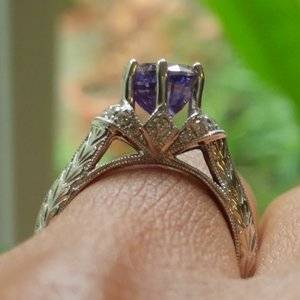
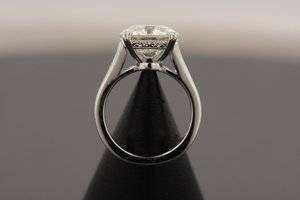
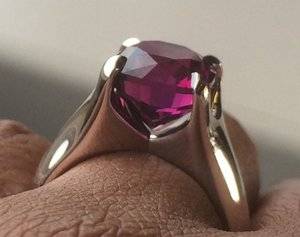
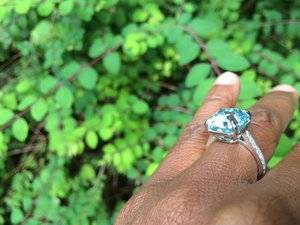
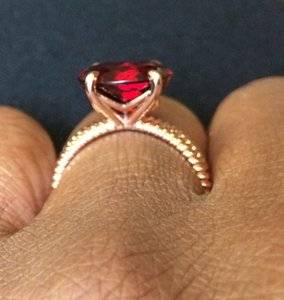
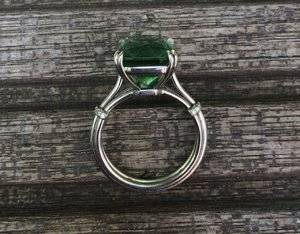


300x240.png)